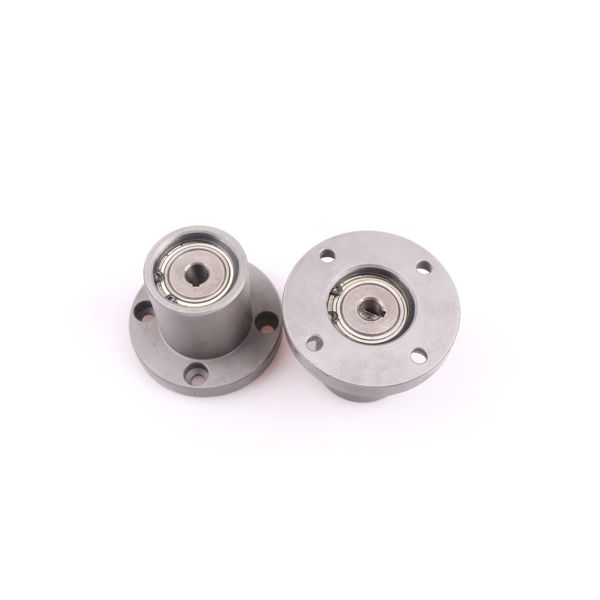The structure and principle of One way bearing
For bearings we are certainly no strangers, even the mechanical people who are not interested in bearings will understand one or two. But we usually see the bearing can be rotated in both directions of the bearing, and for One way bearing, maybe a lot of people do not understand.

One way bearing is also called a needle roller clutch. It can turn freely in One direction and lock up in another direction. One way bearing is widely used in textile machinery, transmission machinery, and so on. One way bearing is also used in the money counting machine. What is the structure of One way bearing? How does it work?
No matter what the structure of One way bearing is, its principle is the principle of clamping.
Structurally, one is a ramp and roller. Here the outer ring of the bearing and the normal bearing is a package of the outer ring. But its inner ring structure is more special, its inner ring is a circle with a slope.
In addition, it is always with the inner and outer ring of the roller contact and contact with the roller spring. The working face of the roller is a slope, when the bearing turns along the slope, the roller is in the downhill state, the downhill space is large, and the roller will not be affected. When reverse, the roller is uphill, uphill is narrow, the roller is stuck, and the bearing is locked.
Another type of One way bearing is the wedge type. This type of bearing is a set of cam wedges between the inner and outer rings of the bearing. The CAM has two diameters of different sizes, in which the long warp is larger than the distance between the inner and outer rings, and the short warp is smaller than the distance between the inner and outer rings of the bearing. A cylindrical winding spring is arranged between the wedges to form an annular spring which is arranged on the fulcrum of the wedges, and the wedges can be reset by the action of the springs.
The invention of One way bearing solves many of the mechanical problems that need to be solved to prevent reversal. Many household appliances such as the washing machines above have played a great role. Some transfer machinery such as the transport of materials can effectively prevent the material back. Therefore, the standardized structure makes it unnecessary for many machines to design special anti-inversion structures, which saves a lot of manpower and material resources.






